A Place Called Home
R90An exhibition catalogue of a Contemporary Art Show with Artists from the South Asian Diaspora.
Showing all 16 results
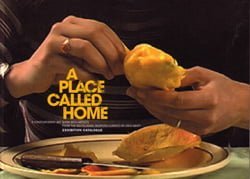
An exhibition catalogue of a Contemporary Art Show with Artists from the South Asian Diaspora.
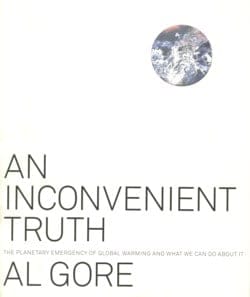
The truth about the climate crisis is an inconvenient one that means we are going to have to change the way we live our lives. Our climate crisis may at times appear to be happening slowly, but in fact it is happening very quickly – and has become a true planetary emergency. The Chinese expression for crisis consists of two characters. The first is a symbol for danger; the second is a symbol for opportunity. In order to face down the danger that is stalking us and move through it, we first have to recognize that we are facing a crisis.
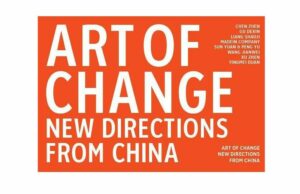
Amongst a host of exhibitions and books surveying ‘New Art from China’, this title stands out as a uniquely focused investigation of Chinese sculpture and installation. Exploring the work of a small number of artists, Liang Shaoji, Wang Jianwei, Xu Zhen/MadeIn Company, Gu Dexin, Sun Yuan & Peng Yu, Chen Zhen, Yingmei Duan and illustrating their most powerful and engaging works, this book traces a very particular seam of performative Chinese art from the late 1980s to the present.

“British Art Show 7” is curated by Lisa Le Feuvre and Tom Morton and they have selected 39 artists on the grounds of their significant contribution to contemporary art in the last five years. All artworks included have been produced since 2005 and encompass sculpture, painting, installation, drawing, photography, film, video and performance, with…

Carsten Höller is the latest artist to be commissioned to create a piece for Tate Modern’s Turbine Hall. At the forefront of artists of his generation, Höller’s works range from the purely conceptual to the elaborately architectural and are concerned with human behaviour, communal experiences and altered states of mind. Very often they require the…
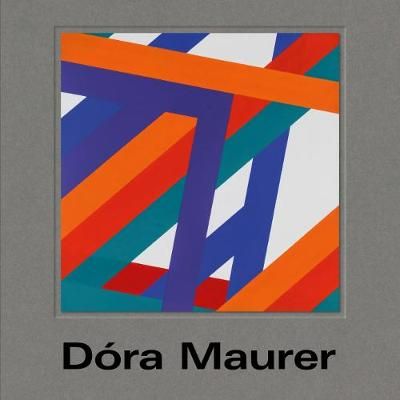
Maurer trained in graphic techniques, and in her graphic works, she often examines the movement of markings left by different materials and production processes. Her works, be they photographs, graphic work or films, share a preoccupation with structure, relativity of perception and exploration of the medium’s limits. Essays to include an introductory overview by Tate curator Juliet Bingham; Klara Kemp-Welch will examine Maurer’s early works and pedagogical activities between 1975-7; Carly Whitefield will write on the artist’s film works and the state-run Balazs Bela Studio; and David Feher will survey the artist’s practice from the 1980s to the present day.
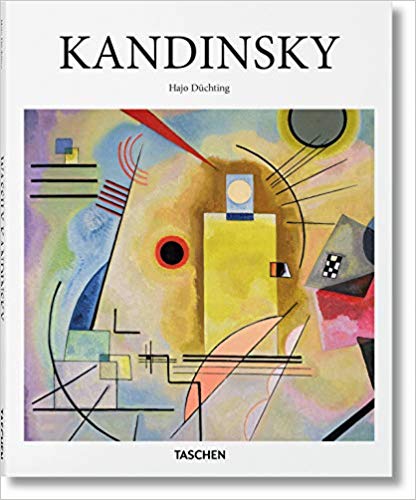
Over the course of his artistic career, Wassily Kandinsky (1866–1944) transformed not only his own style, but the course of art history. From early figurative and landscape painting, he went on to pioneer a spiritual, emotive, rhythmic use of color and line and is today credited with creating the first purely abstract work.
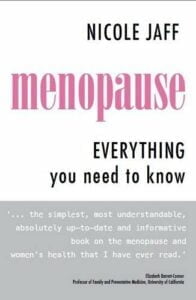
Nicole has tremendous empathy for helping women understand what is happening to them during menopause and her empowering approach to wellness means women walk away knowing and believing menopause can be a positive time of vibrant health and happiness.
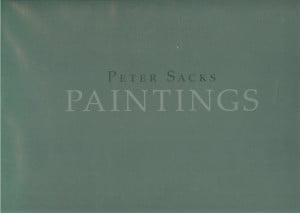
The shifting confluences of poetry and painting elements of narrative, music, metaphor or symbol, as well as those of envisioning and evoking rather than depicting arrive at visual concerns at once bodily, topographical and architectural throughout the work of Peter Sacks.

Graham Chapman was the quiet, pipe-smoking Python who qualified as a doctor—the policeman’s son whose tweedy demeanor belied an anarchic nature. More than any other Python, he lived the complete lunacy of the show.

This is a history that, quite simply, had to be written. Those who actively participated in the struggle for liberation are growing ever older; here they have related their experiences to trained historians, sociologists and political scientists, many of whom were themselves involved in the resistance movement. SADET has compiled and coordinated this remarkable book that weaves together the complex history of The Road to Democracy in South Africa.
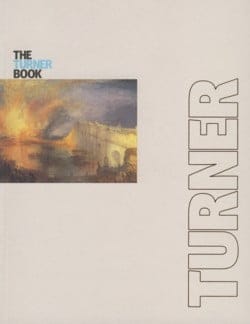
This is easily the best introduction to Turner that I have read in quite a while. It provides an informed audience with an excellent synthesis of the key issues regarding the artist’s life, work, and era… The Turner that emerges here is one that I find entirely congenial and transfixing and the Turner that a larger public should come to know.’ – Professor Kathleen Nicholson, author of Turner’s Classical Landscapes: Myth and Meaning.
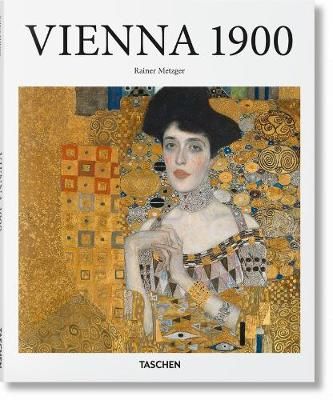
Discover turn-of-the-century Vienna in this exploration of its most important protagonists, complete with sumptuous double-page reproductions across painting, sculpture, architecture, and design, as well as an essay by Rainer Metzger. Marking the centenary of the deaths of masters Klimt, Schiele, Wagner, and Moser, this collection joins the Austrian capital in its 2018 celebration of Modernism.

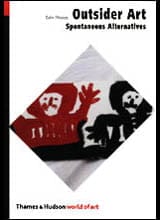
Outsider Art is the work produced outside the mainstream of modern western art by self-taught, untrained visionaries, spiritualists, eccentric recluses, folk artists, psychiatric patients, criminals and others beyond the margins of society and the art market. Coined in 1972, the term in English derived from Jean Dubuffet’s ‘Art
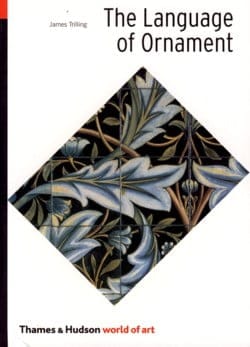
James Trilling presents an immense variety of ornament from the Paleolithic Age to the present day, enabling the reader to appreciate inherent form and beauty, as well as historical importance across cultures – whether in the monumental architecture of Mycenean Greece or the inlaid vessels of Zhou Dynasty China, in the bronze mirrors of early Celtic Britain or the carved or worn ornament of Native Americans.
No products in the basket.